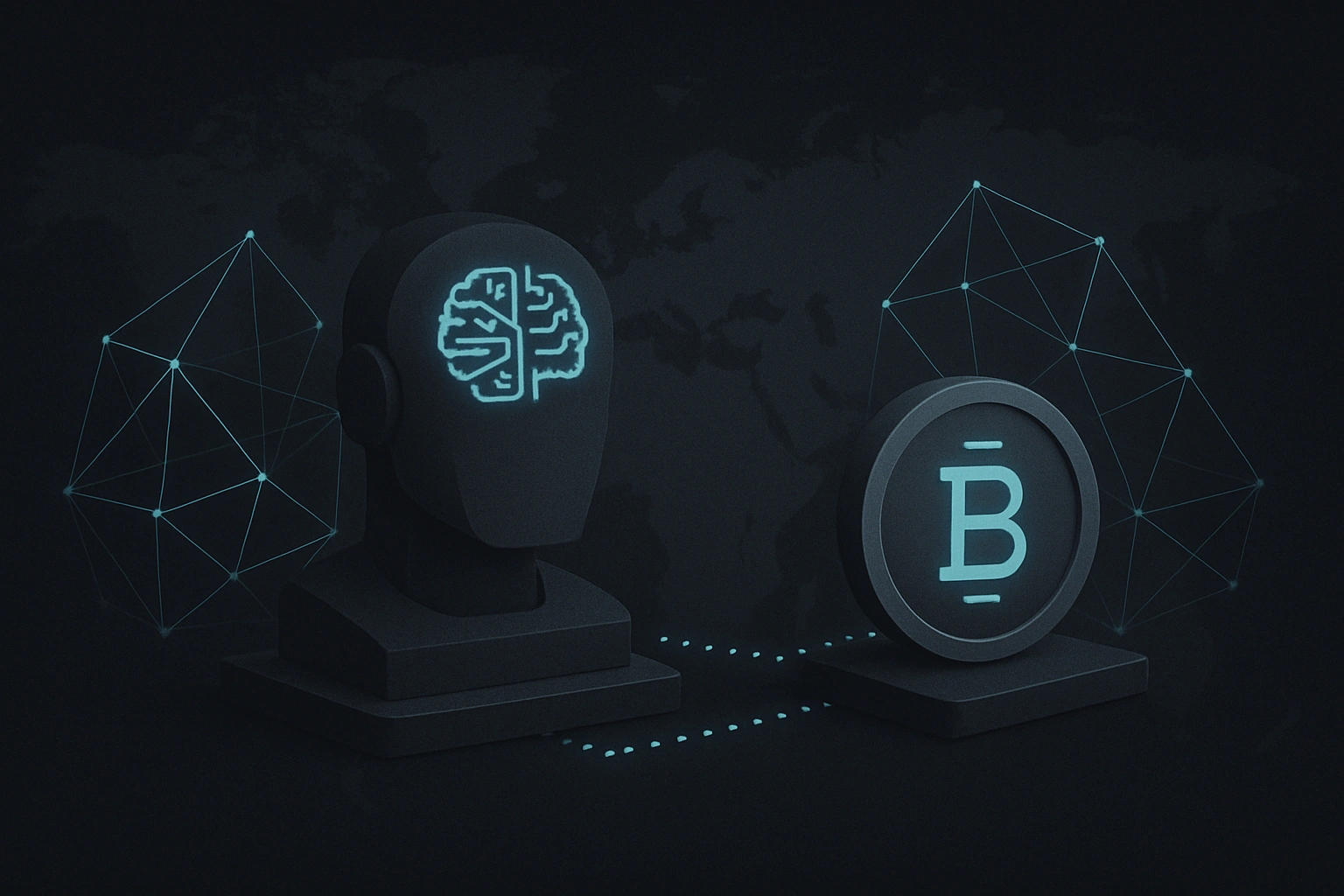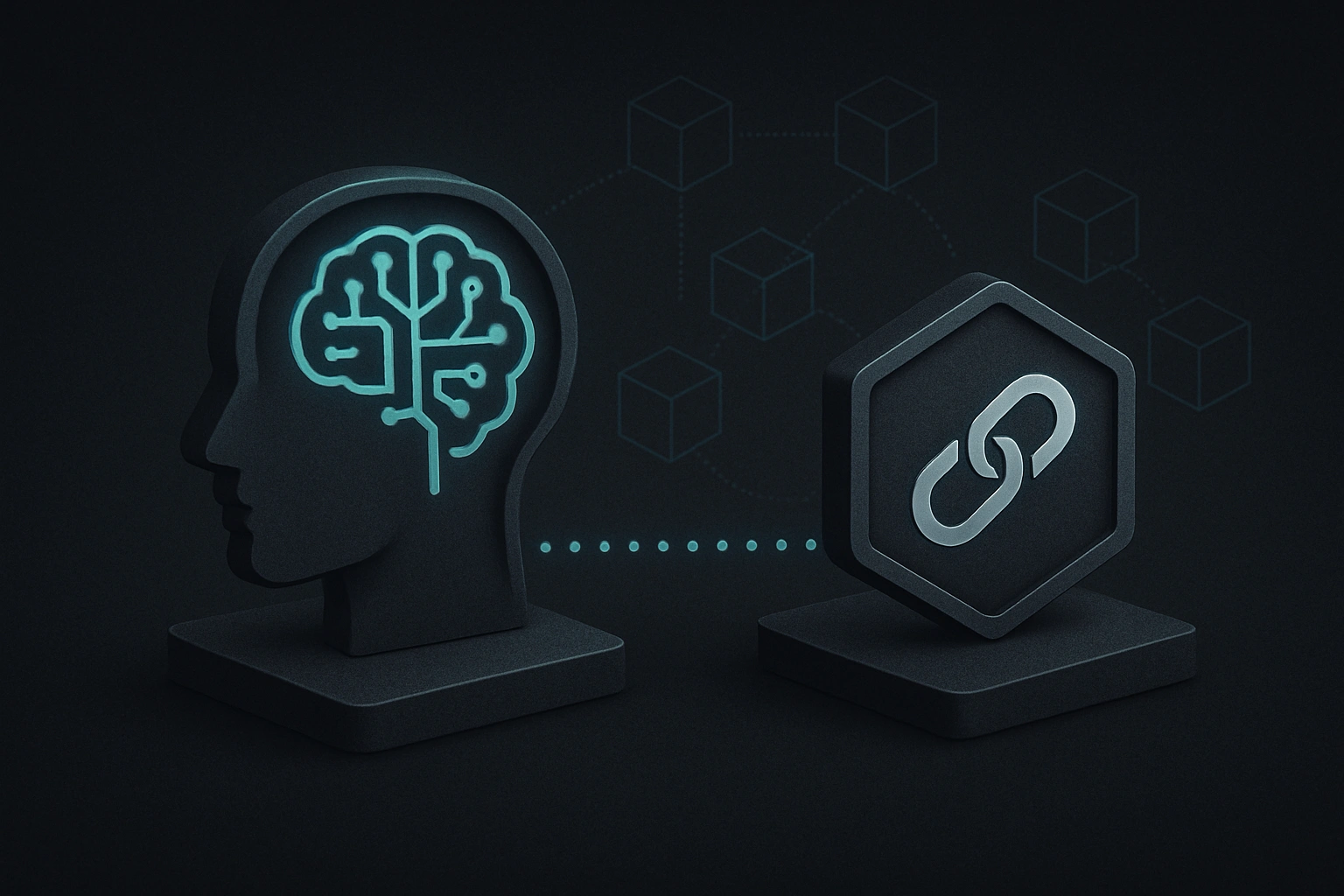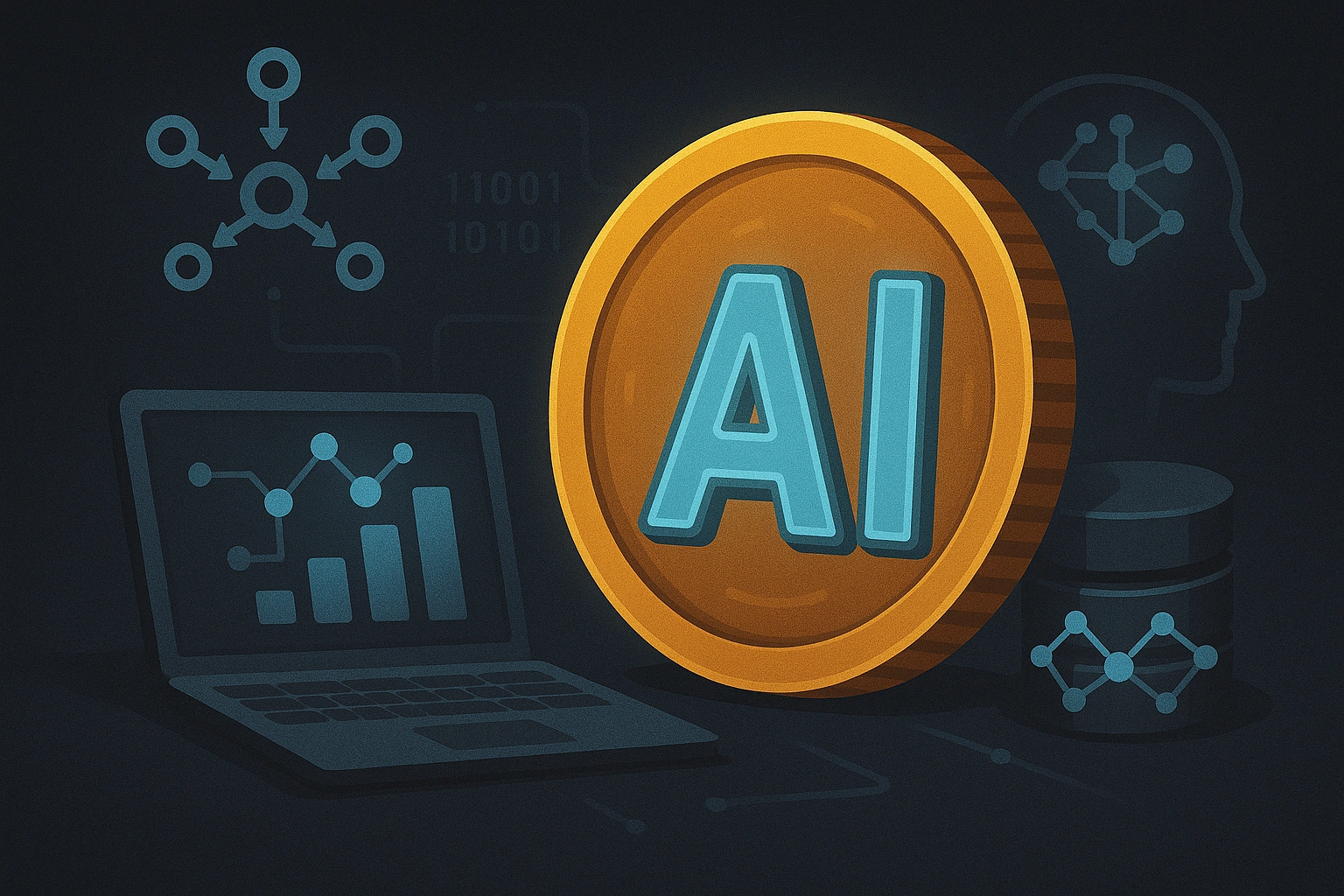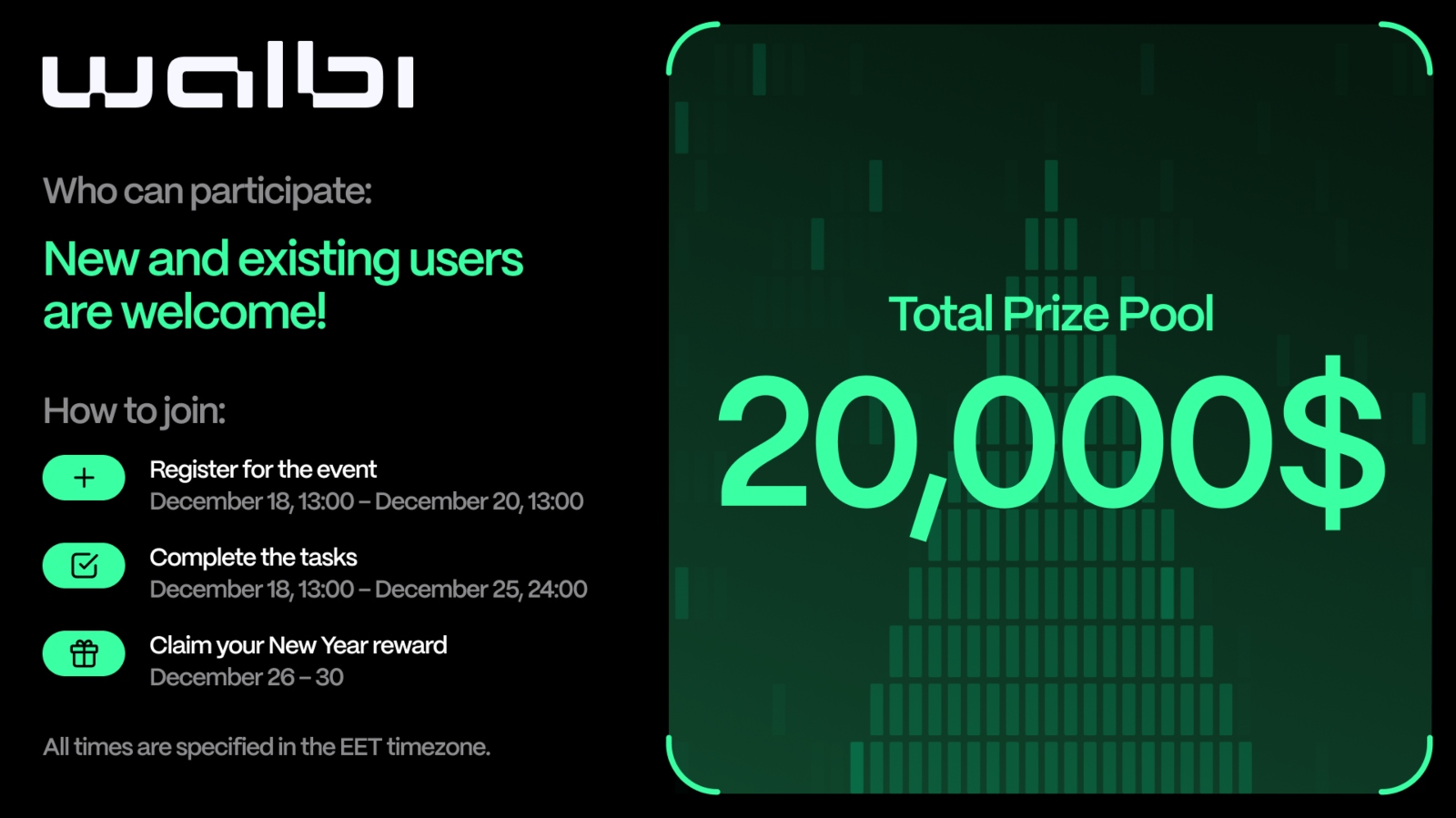The intersection of AI and blockchain is redefining the digital economy. Once separate technological revolutions, their combination — known as AI blockchain integration — is giving rise to a new wave of innovation in finance, cybersecurity, and decentralized computing.

In 2025, the convergence of blockchain AI systems will be among the strongest forces shaping the next generation of Web3 infrastructure, data management, and intelligent automation.
Why Combine AI and Blockchain?
Artificial Intelligence and blockchain solve fundamentally different — yet complementary — problems:
- AI processes and learns from data, creating predictions and automation.
- Blockchain ensures data transparency, integrity, and decentralized control.
When integrated, they produce trustworthy intelligence — AI systems that are auditable, tamper-proof, and privacy-preserving.
Key synergies include:
- Transparency: Blockchain provides verifiable data sources for AI models.
- Security: Decentralized storage prevents single points of failure or manipulation.
- Efficiency: Smart contracts automate AI-powered decisions securely.
- Data Ownership: Users control their data while still contributing to AI training.
This combination allows organizations to build smarter, more ethical, and decentralized ecosystems.
Top Use Cases of Blockchain AI Integration
The practical applications of AI blockchain integration are growing across multiple sectors. Here are the most promising ones in 2025:
1. Decentralized AI Marketplaces
Platforms like SingularityNET and Fetch.ai allow developers and businesses to buy, sell, and deploy AI services through smart contracts — without central intermediaries.
2. Fraud Detection and Compliance
AI models running on blockchain data can identify suspicious activities, enhancing DeFi and NFT market security.
3. Predictive Finance and Trading Bots
Blockchain-based trading algorithms powered by AI use on-chain data to optimize yield farming, token allocation, and market predictions.
4. Supply Chain & Logistics
AI ensures real-time optimization, while blockchain records every step for transparency and traceability.
5. Personalized Web3 Experiences
AI engines integrated into dApps can analyze user behavior to personalize DeFi dashboards or NFT recommendations — all without compromising privacy.
Leading AI Crypto Projects 2025
The landscape of AI crypto projects 2025 continues to expand as more startups and established networks explore hybrid solutions. Some standout examples include:
- SingularityNET (AGIX): A decentralized AI marketplace enabling interoperability between models.
- Fetch.ai (FET): Building an economy of autonomous AI agents powered by blockchain.
- Ocean Protocol (OCEAN): Enabling secure data sharing and AI training on private datasets.
- Render (RNDR): Connecting GPU compute power for AI and 3D rendering tasks.
- Numeraire (NMR): A hedge fund protocol leveraging AI predictions on blockchain-verified data.
These projects demonstrate how combining blockchain infrastructure with AI capabilities enhances both trust and scalability.
Benefits of AI Blockchain Integration
The synergy between AI and blockchain unlocks new opportunities for enterprises, developers, and investors alike:
- Trustworthy AI: Immutable data ensures unbiased machine learning outcomes.
- Improved Data Privacy: Blockchain’s cryptographic protocols secure sensitive information.
- Automation: AI-driven smart contracts streamline operations and reduce human error.
- Monetization of Data: Individuals can tokenize their data and earn from AI model training.
- Investment Potential: Many investors now invest in AI crypto projects as the next major growth trend in Web3.
Challenges and Considerations
Despite its potential, blockchain AI faces several challenges:
- Scalability: Running AI algorithms on-chain is resource-intensive.
- Standardization: Lack of unified frameworks for integrating AI and blockchain.
- Regulation: Data privacy and AI compliance laws vary globally.
- Energy Consumption: Both AI computation and blockchain validation can be energy-heavy.
Innovations in zero-knowledge proofs (ZKPs), layer-2 scaling, and off-chain computation are addressing these issues step by step.
The Future of AI and Blockchain in Web3
As 2025 approaches, the AI blockchain integration trend is accelerating. Future systems will see autonomous AI agents trading on-chain, optimizing resource use, and governing DAOs intelligently.
The long-term vision is clear: a decentralized intelligence economy, where data, compute power, and decision-making are shared across transparent and self-learning networks.
Final Thoughts
The fusion of AI and blockchain is not merely a technological curiosity — it is the foundation of a smarter, more ethical, and decentralized digital future. As more AI crypto projects emerge, their potential to reshape finance, data ownership, and automation continues to expand.
In essence, blockchain gives AI trust, while AI gives blockchain intelligence — and together, they are building the infrastructure for tomorrow’s digital economy.




